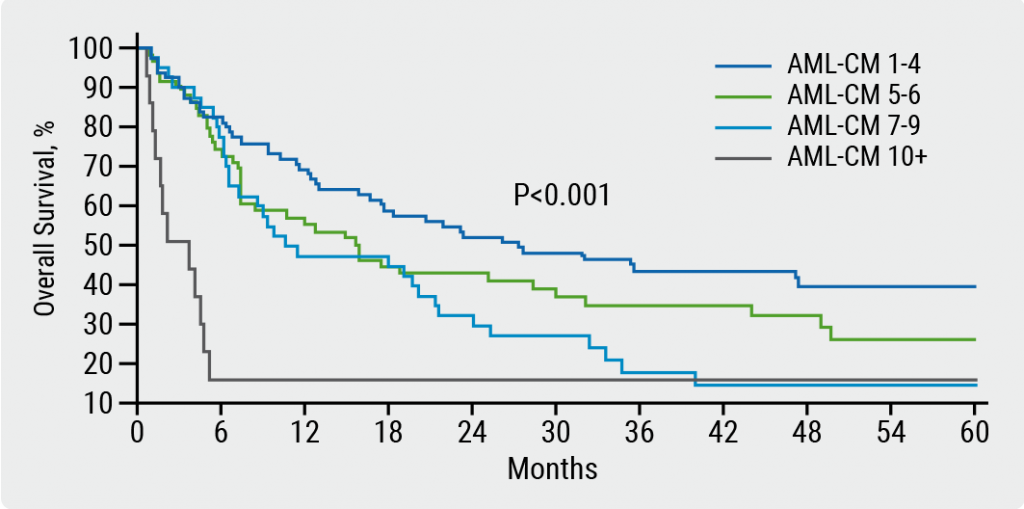Treatments for haemophilia B or factor IX deficiency are limited to regular intravenous infusions of factor IX concentrates. The goal of gene therapy in haemophilia B is a single procedure that establishes long-term benefit with sustained factor IX activity, providing effective protection against spontaneous bleeding, eliminating the need for continuous prophylaxis, and improving quality of life.
Etranacogene dezaparvovec (AAV5-Padua hFIX variant; AMT-061) is an investigational gene therapy for haemophilia B. It combines an adeno-associated virus serotype 5 (AAV5) vector containing a codon-optimised Padua variant human factor IX gene with a liver-specific promoter.
Prof. Steven Pipe (University of Michigan, USA) presented the 26-week outcomes of the phase 3 HOPE-B trial (NCT03569891). Of 67 haemophilia B patients enrolled in a prospective lead-in period, 54 participants (44 with severe and 10 with moderately severe haemophilia B) were dosed and completed the 26 weeks of follow-up. Mean age was 41.5 years. Importantly, this study included patients with pre-existing anti-AAV5 neutralising antibodies; 42.6% had neutralising antibodies at baseline. During the lead-in, 70.4% had bleeds despite prophylaxis.
Following treatment, factor IX activity increased rapidly to a mean of 37.2% at week 26, representing a mean change from baseline of 36.0% (P<0.0001). In the first 26 weeks after treatment, 72.2% of patients reported no bleeds. Patients were able to discontinue prophylaxis and bleeding was abolished in most patients throughout the 26 weeks. Overall, 68.5% of patients had a treatment-related adverse event post-treatment, the majority of which were mild (81.5%). Most common adverse events were transaminase elevations requiring steroid treatment and infusion-related reactions. This profile was consistent with early phase AAV5 studies.
The final analysis of the HOPE-B study is planned at 1 year to support marketing authorisation applications of etranacogene dezaparvovec.
- Pipe SW, et al. First Data from the Phase 3 HOPE-B Gene Therapy Trial: Efficacy and Safety of Etranacogene Dezaparvovec (AAV5-Padua hFIX variant; AMT-061) in Adults with Severe or Moderate-Severe Hemophilia B Treated Irrespective of Pre-Existing Anti-Capsid Neutralizing Antibodies. 62nd ASH Annual Meeting, 5-8 December 2020. Abstract LBA-6.
Posted on
Previous Article
« Impact of haemophilia on children and their caregivers Next Article
PFS and ORR benefits of first-line ibrutinib-based treatment in CLL »
« Impact of haemophilia on children and their caregivers Next Article
PFS and ORR benefits of first-line ibrutinib-based treatment in CLL »
Table of Contents: ASH 2020
Featured articles
COVID-19
More complicated course of COVID-19 in leukaemia patients
Older age and imatinib treatment associated with COVID-19 mortality in CML
Allogeneic SARS-CoV-2-specific T cells to treat COVID-19
More severe COVID-19 outcomes for patients with haematologic malignancies
Acute Lymphoblastic Leukaemia
Improved outcomes, but still substantial part experiences relapses
Strong correlation between peripheral blood and bone marrow NGS MRD
Encouraging outcomes after autoHCT in patients with ALL
Acute Myeloid Leukaemia
Prognostic validity of AML composite model in predicting mortality
Venetoclax plus hypomethylating agents in favourable-risk AML
Encouraging clinical activity of decitabine plus ipilimumab in R/R or secondary MDS/AML
AML patients with specific mutations are unlikely to achieve MRD
Comparable outcomes with gilteritinib or quizartinib in R/R AML
First-in-class macrophage immune checkpoint inhibitor in AML
Bispecific DART® as salvage therapy for primary induction failure and early relapse
Gilteritinib in R/R AML patients priorly treated with midostaurin or sorafenib
Addition of venetoclax provides an effective, lower-intensity regimen
Chronic Leukaemia
Bosutinib effective and well tolerated in newly diagnosed CP-CML
Efficacy and safety of ponatinib in patients with CP-CML who failed second-generation TKIs
First-in-class STAMP inhibitor versus bosutinib in resistant or intolerant CML
PFS and ORR benefits of first-line ibrutinib-based treatment in CLL
Multiple Myeloma
Validation of MY-RADS response assessment category criteria
High symptom burden in transplant-ineligible patients with newly diagnosed MM
Added value of ixazomib to lenalidomide plus dexamethasone in transplant-ineligible newly diagnosed MM
Survival of transplant-eligible newly diagnosed MM in FORTE trial
Better survival with upfront autoSCT versus bortezomib-based intensification
Subcutaneous daratumumab plus pomalidomide and dexamethasone in R/R MM
Melflufen well tolerated with encouraging activity in heavily pretreated R/R MM
Initial data of FcRH5/CD3 T-cell-engaging bispecific antibody
Lymphoma
CD58 aberrations limit durable responses to CD19 CAR T-cell therapy
Anti-CD19 CAR T-cell therapy in relapsed/refractory indolent NHL
Myeloproliferative Neoplasms
MPN disease burden, quality of life, and treatment patterns
Interventions in JAK/STAT signalling pathway
Novel, orally available inhibitor of BCL-XL/BCL-2
New insights into genetics of MPN
Immune Thrombocytopenia
Mycophenolate efficacious and tolerable, even in elderly patients
First-in-class antibody sutimlimab selectively inhibits classical complement pathway
BTK inhibition provides clinically active and durable platelet response
Haemophilia, Sickle Cell Disease, Thalassaemia
First results from gene therapy trial in haemophilia B
Impact of haemophilia on children and their caregivers
Promising CRISPR gene editing results in β-thalassaemia and sickle cell disease
Erythroid maturation agent in patients with β-thalassaemia requiring regular RBC transfusions
Related Articles

February 18, 2021
Prognostic validity of AML composite model in predicting mortality

February 22, 2021
Letter from the Editor
© 2024 Medicom Medical Publishers. All rights reserved. Terms and Conditions | Privacy Policy
HEAD OFFICE
Laarderhoogtweg 25
1101 EB Amsterdam
The Netherlands
T: +31 85 4012 560
E: publishers@medicom-publishers.com

